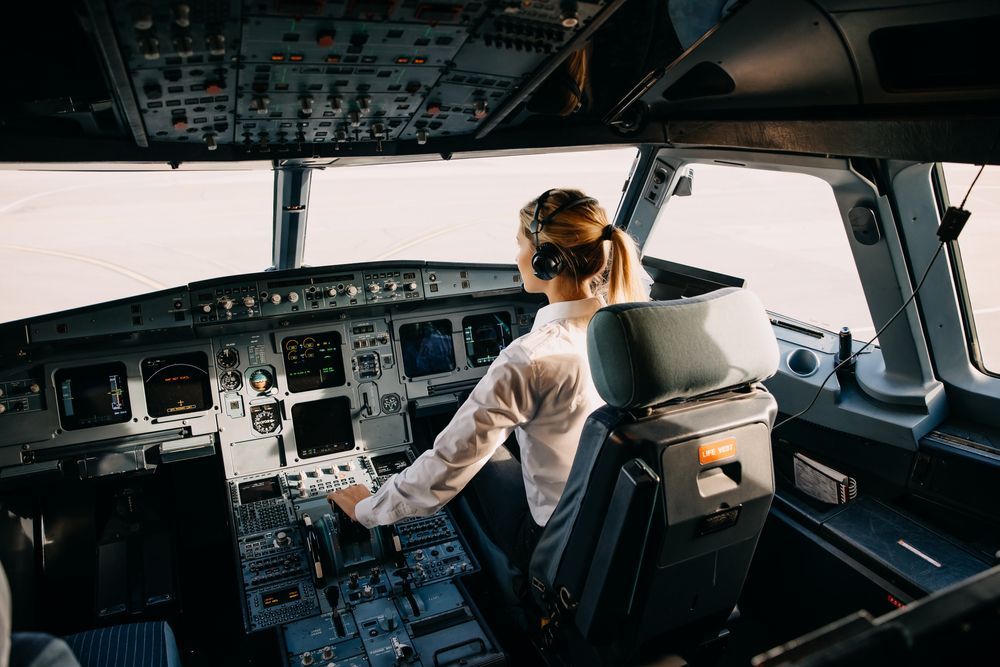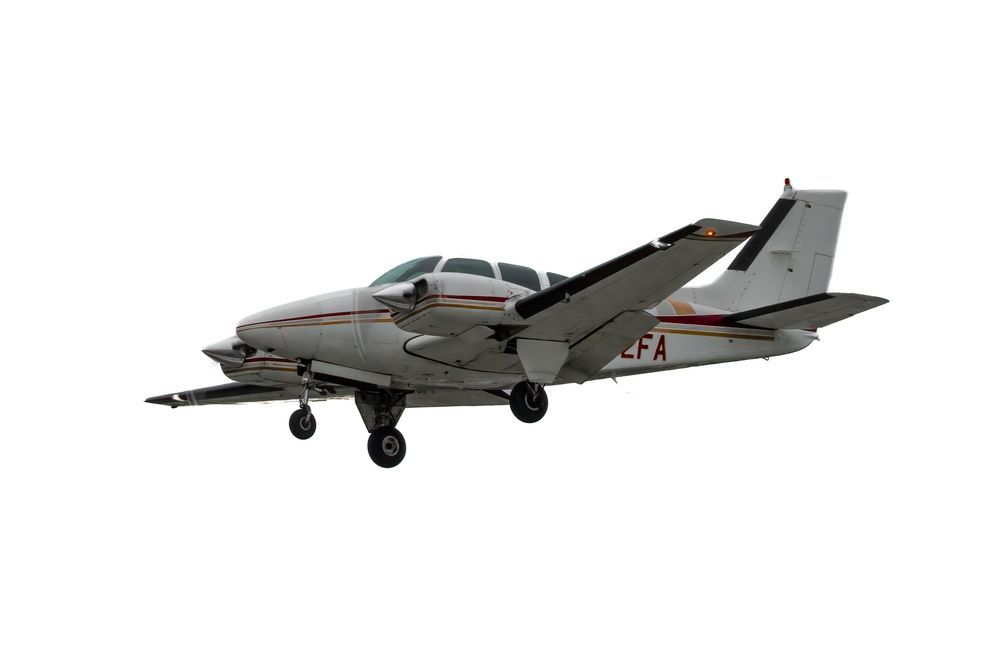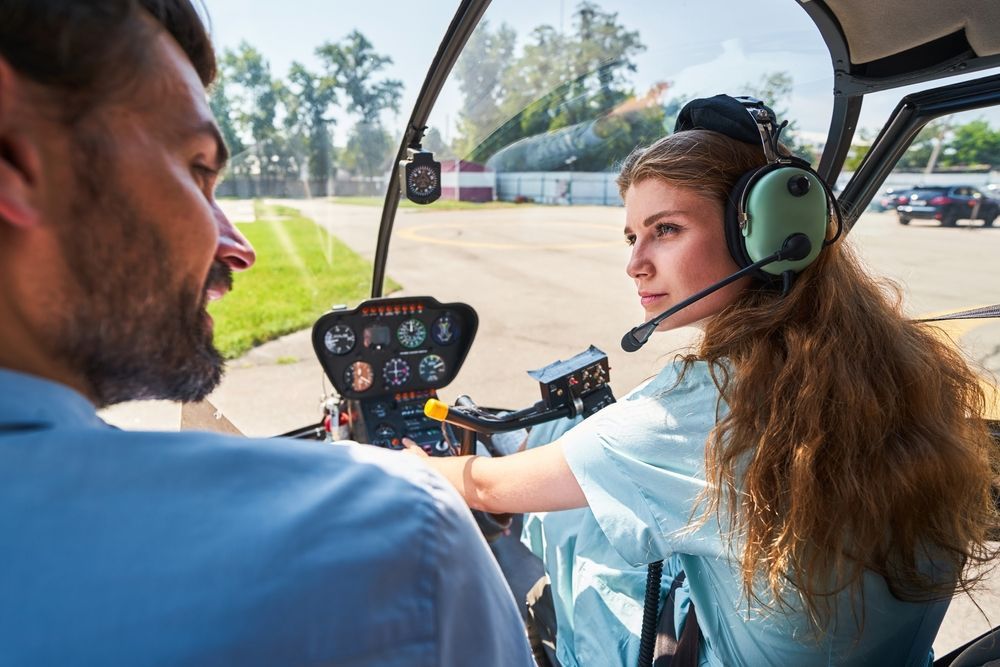Airspace Classes: How They Differ and Why It Matters
Share this article:
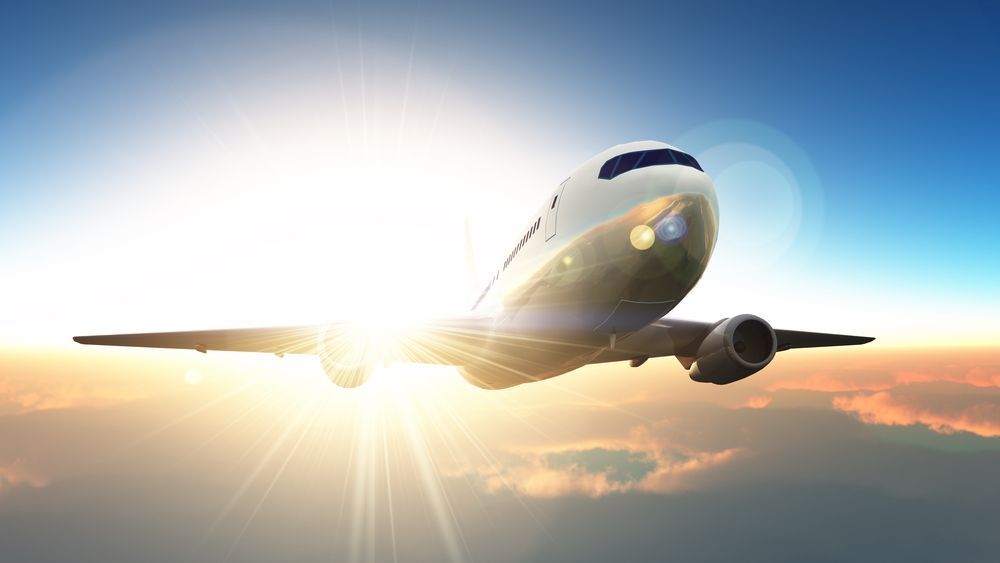
With all the wide open space available in the sky, did you ever wonder how pilots know where to fly? Just like there are lanes on the road for drivers to follow, there are also layers in the sky that mark different areas with restrictions for pilots to adhere to. These areas are vital for controlling air traffic and maintaining safety in the skies. Whether you’re looking to start your first lesson to become a pilot or you’re looking to advance your knowledge, understanding the different airspace classes and their unique functions and restrictions is a fundamental tool for all pilots to maintain their licenses.
What Are Airspace Classes ?
Each airspace class serves a different purpose. Pilots need permission to fly in certain airspace classes, usually depending on the type of aircraft the pilot is flying, the license type the pilot holds, and the airport from where the aircraft departs.
There are four types of regulatory and nonregulatory airspace classes to know:
- Uncontrolled
- Controlled
- Special Use
- Temporary Flight Restrictions and Other Airspace
Uncontrolled and Controlled Airspaces
There are five uncontrolled and controlled airspace classes, and these will likely be the most familiar to the majority of pilots. There are various maps and charts pilots can use to determine where different airspace classes begin.
Class A
Class A airspace requires all aircraft to follow instrument flight rules. For this reason, usually only specialized aircraft, cargo planes, and large commercial airlines fly in this area. Class A typically isn’t marked on charts, but it starts at 18,000 feet above sea level, making it higher than the rest of the areas.
Class B
Class B ranges from the surface up to 10,000 feet mean sea level and is primarily used for major airports, but can be accommodated for smaller airports as well.
Class C
Class C is reserved for airports that are smaller than those using class B, but are still busy enough to require clearance and radio communication.
Class D
Class D is less restrictive than the other classes mentioned above since you don’t need ATC clearance, but still require a control tower. This class starts from the surface and extends to 2,500 feet and is used for smaller airports with low traffic. You still need to at least be enrolled in flight training to use this airspace.
Class E
Class E is a little tricky to define, but it essentially covers the remainder of the controlled airspace, making it the largest sized class. There are no other specific pilot requirements to fly in this class.
Class G
Considered as uncontrolled airspace, Class G covers the rest of the airspace, and like Class E, it doesn’t require any specific requirements other than maintaining the safety of other aircraft. Most airports are uncontrolled, meaning the pilot has to coordinate his or her own communication.
Special Use Airspaces
Certain activities must be confined to certain areas referred to as special use airspace classes. These spaces are generally categorized into regulatory airspace used for special cases, and non-regulatory airspace consisting of non-civilian operated areas. We will break down the types of special use airspace below.
Prohibited Areas
Marked with a ‘P’, prohibited areas signal areas where pilots cannot fly, generally for security or safety reasons.
Restricted Areas
The use of missiles and aerial gunning can be used in restricted areas, so needless to say, for the safety of the pilots and/or passengers, aircraft unequipped with these weapons are not permitted to fly within restricted areas unless granted special permission.
Warning Areas
Warning areas allow for potentially hazardous activities, but do not prevent other non-participating aircraft from entering the space. Pilots should use extra caution when flying through areas marked with a ‘W’.
Military Operating Areas (MOAs)
Military operating areas are used to separate military flight training traffic from other regular instrument flight rules traffic. Other visual flight rules traffic may fly through these areas even when in use, but should be cautious.
Alert Areas
Alert areas will appear in case-by-case situations, either when there is an abnormally high amount of air traffic or high traffic from flight training areas. These areas will alert pilots by appearing as dashed magenta lines and an ‘A’ to highlight the area.
Controlled Firing Areas
Controlled firing areas are confined spaces that do not pose hazardous threats to other aircraft, since any hazardous activity must stop once a non-participating aircraft approaches the space. As such, the areas won’t be marked on any charts.
Temporary Flight Restriction
For special events and circumstances such as sporting events, natural disasters, or spacecraft launches, sometimes a temporary restriction can be placed on an area to prevent non-participating aircraft from entering on a short term basis.
The Importance of Airspace Classes
Having knowledge of the different airspace classes keeps pilots safe and out of trouble. Airspace classes primarily serve to keep pilots performing conflicting activities from crossing paths, keeping everyone out of harm’s way. Each class has a specific set of regulations and weather conditional minimums to follow.
Pilots who study and learn these restrictions will stay out of any trouble from the Federal Aviation Administration, since flying into different airspace without proper clearance can result in a suspension of your pilot’s license. Even worse, flying in restricted special use areas may lead to being intercepted by military aircraft and other unwanted consequences. With a strong fundamental knowledge of airspace classes, you can navigate the skies without danger.
Become a Pilot with J.A. Flight Training
It may feel like there’s an endless amount of information you need to learn to become a pilot. With the right flight school, you will be an expert in no time. J.A. Flight School is the premier flight program in the Chicago area. J.A. Flight offers a career pilot program to cater to different students. Become a commercial airline pilot in as little as 300 hours! Learn more about how to get your pilot’s license in Illinois , and how we can help you get there!
Connect with Us:
